Goldfish Behavior: Knowing your little pet:)
Goldfish is like one of the pet .They are not as smart as other pets like cats or dogs, but they can easily tell that the people they live with love them. Usually goldfish swim up to meet you because they think you are going to feed them. They know they depend on you and love you back.
A goldfish personality can vary from fish to fish. You can have a timid goldfish as well as some very outgoing. They are typically non aggressive to goldfish or any other fish, but as weird as it sounds they love to eat their own eggs if these are not removed from the aquarium. Beside that, They tend to be aggressive and nipping other fish when they are under stress. Thus, When you sense your fish are aggressive you need to temporary separate them.
Do you think Goldfish can recognize people? surprisingly Yes! i found an article saying that our lovely pets do have at least a 3 months memory and they can even recognize your face and your voice.
The following is what they normally love to do:
- play all day and explore your aquarium
- take a nap once in a while when they get tired. You probably hardly notice becaus ethey sleep with the eye wide open.
- have lots of friends, playing with other fishes
- hide behind a plant or in a cave when they feel in danger
- mating during breeding season and get frisky when water becomes warm
- eat from owners hand when they get used to you. Thus , spend more time with your lovely little pets.
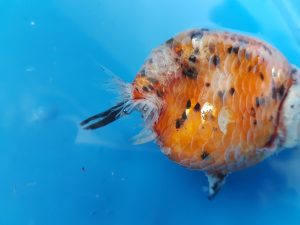 WHAT IS FIN ROT?
WHAT IS FIN ROT?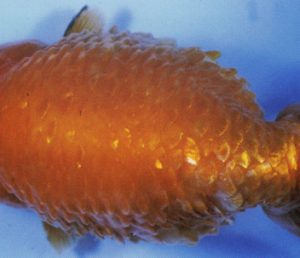 WHAT IS DROPSY?
WHAT IS DROPSY?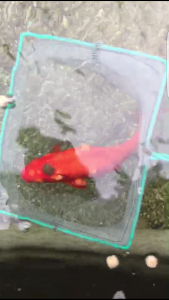 WHAT IS CARP POX?
WHAT IS CARP POX?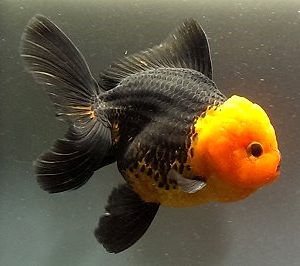
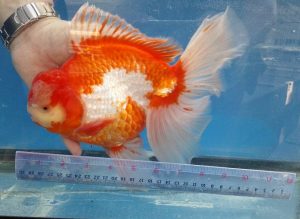
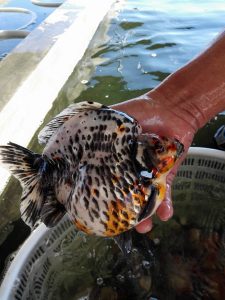

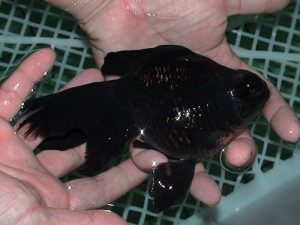
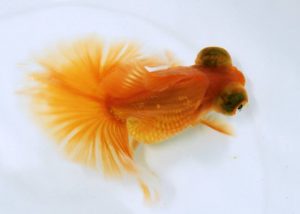
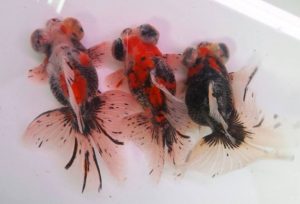
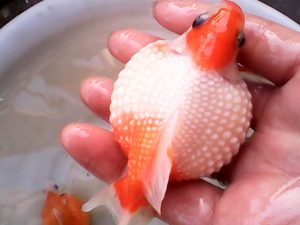
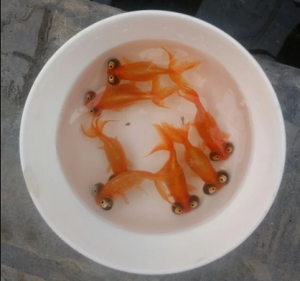

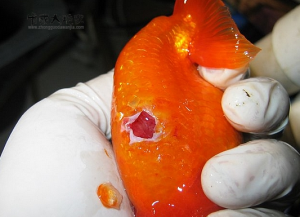 WHAT IS ULCER?
WHAT IS ULCER?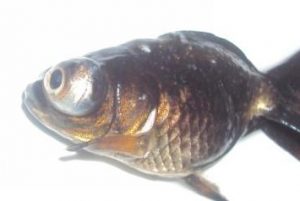 What is POP EYE?
What is POP EYE?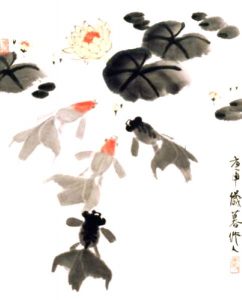 Goldfish was one of the earliest fish to be domesticated, and it’s one of the most common kept aquarium fish. It was domesticated in China more than a thousand years ago, and several distinct breeds have since been developed. Goldfish breeds vary greatly in size, body shape, fin configuration and colouration (various combinations of white, yellow, orange, red, brown, and black are known).
Goldfish was one of the earliest fish to be domesticated, and it’s one of the most common kept aquarium fish. It was domesticated in China more than a thousand years ago, and several distinct breeds have since been developed. Goldfish breeds vary greatly in size, body shape, fin configuration and colouration (various combinations of white, yellow, orange, red, brown, and black are known).